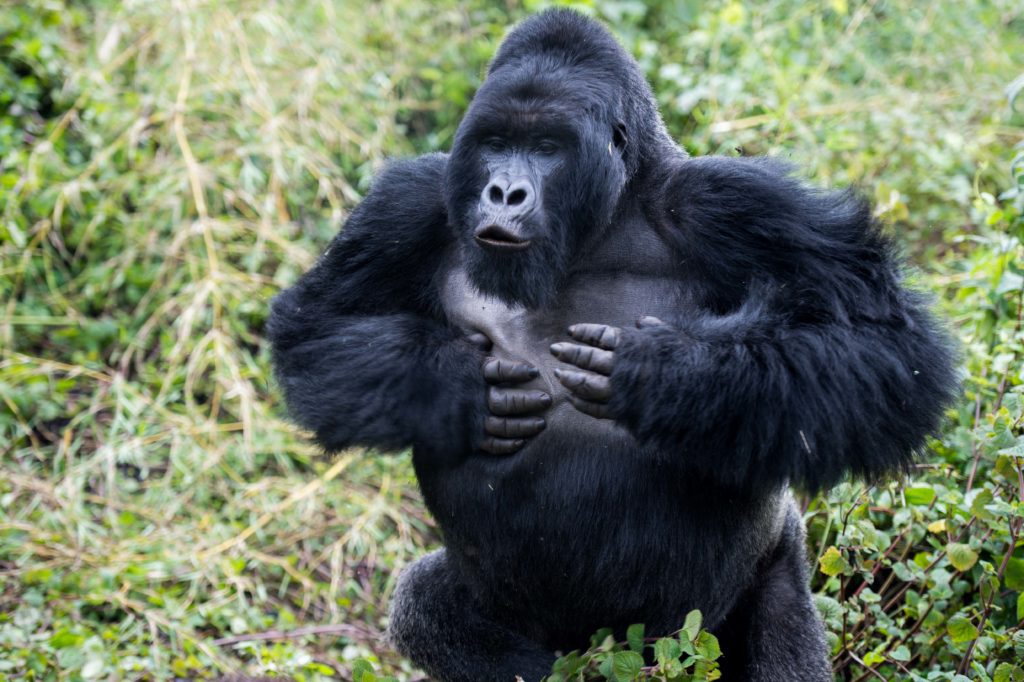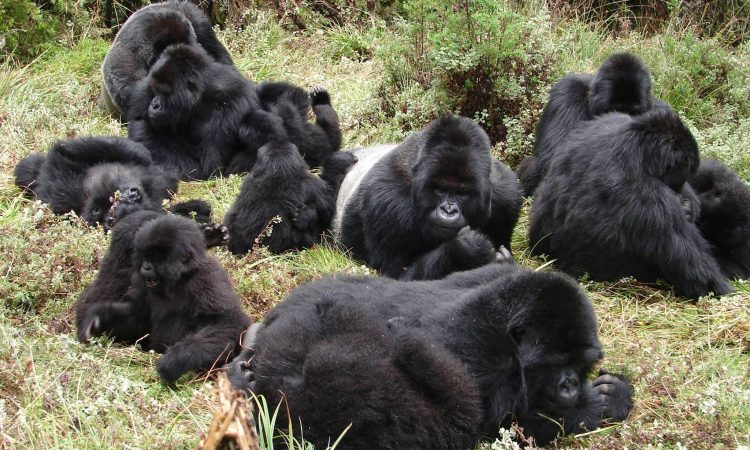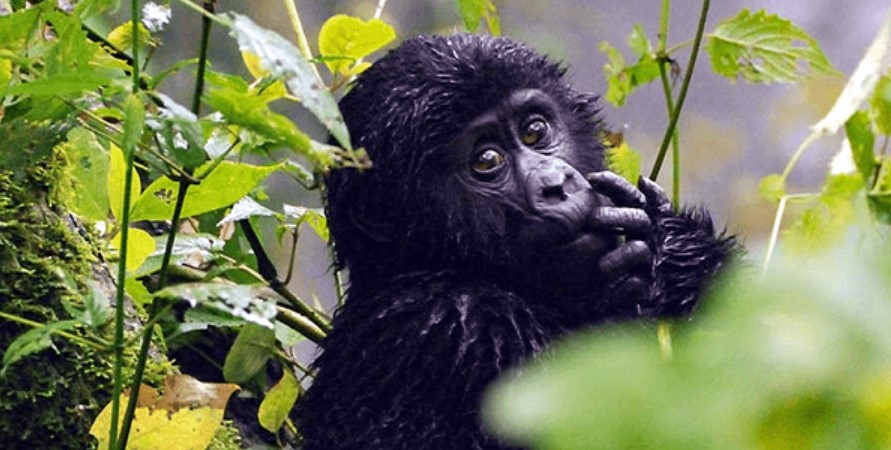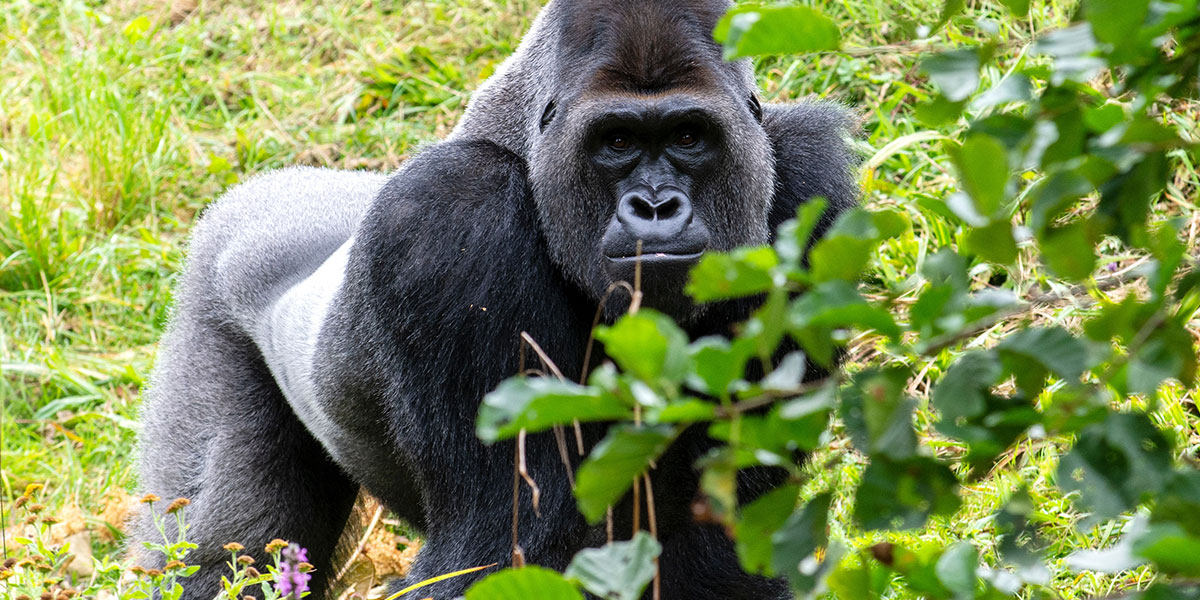Best time to visit Uganda for gorilla trekking 2026
Best time to visit Uganda for gorilla trekking 2026 Gorilla trekking in Uganda is one of the most remarkable wildlife experiences anywhere. As we approach 2026, it is an appropriate moment to start organizing your expedition to encounter mountain gorillas in their native environment. Uganda harbors more than fifty percent of the globe’s remaining mountain gorillas, and the chance to traverse the dense jungles of Bwindi Impenetrable National Park or Mgahinga Gorilla National Park to engage with these magnificent beings is indeed a unique experience.

Uganda presents a varied and picturesque terrain, characterized by abundant wildlife and the cordial welcome of its inhabitants. Gorilla trekking in Uganda should be prioritized in your 2026 travel itinerary, whether you are a nature enthusiast, wildlife photographer, or seeking a distinctive adventure. This book will provide comprehensive information for planning your trip, including the optimal time for gorilla trekking, expectations during the hike, permit prerequisites, and strategies to enhance your Uganda safari experience.
The Best Time for Gorilla Trekking in Uganda
When organizing a gorilla trekking expedition in Uganda, a primary consideration is the timing of your visit. Although gorilla trekking is feasible throughout the year, the optimal time to embark on this activity is primarily influenced by climatic circumstances and individual preferences. Uganda possesses a tropical environment, with precipitation potentially influencing your trekking experience considerably.
Arid Season: June to September and December to February
The best time for gorilla trekking in Uganda often falls within the dry seasons, occurring from June to September and December to February. In these months, the climate is rather temperate, and the woodland paths are more accessible. The diminished precipitation results in less dense foliage, facilitating the observation of gorillas.

The peak tourist season spans from June to September, during which permits may sell out rapidly; therefore, it is prudent to secure your gorilla trekking permits well in advance. The dry season is optimal for individuals seeking to evade treacherous paths and desiring a more reliable trekking experience. Moreover, the arid months present enhanced opportunity for photography, since the skies tend to be clearer and the lighting conditions are conducive to shooting ideal animal images.
The period from December to February is an optimal time for visitation, particularly for those seeking to evade the winter cold of the Northern Hemisphere. These months offer favorable weather for trekking, characterized by moderate temperatures and reduced likelihood of precipitation.
Rainy Season: March to May and October to November
The wet season, spanning March to May and October to November, is regarded as the low season for gorilla trekking. Nonetheless, this does not imply that hiking is unfeasible during these months—quite the opposite. The precipitation sustains Uganda’s ecosystems, resulting in lush and colorful forests. The wet season is especially attractive to those seeking reduced crowds and a more personal connection with nature.
A primary benefit of trekking in the wet season is the relative ease of obtaining permits, along with potential reductions offered by certain lodges during these less frequented periods. Nevertheless, the paths may be treacherous and demanding, necessitating an elevated degree of fitness and readiness. Notwithstanding the precipitation, gorilla sightings are abundant year-round, and numerous travelers continue to recount remarkable experiences even during the rainy season.
Gorilla Trekking in Bwindi Impenetrable National Park
Bwindi Impenetrable National Park is Uganda’s premier location for gorilla trekking. This UNESCO World Heritage Site houses around fifty percent of the global population of mountain gorillas. Bwindi provides an exceptional opportunity for travelers to encounter 19 habituated gorilla families during hiking.
Bwindi is segmented into four primary trekking sectors: Buhoma, Ruhija, Nkuringo, and Rushaga. Each sector provides a distinct experience, featuring diverse levels of trekking difficulty and a variety of scenery to investigate.
Gorilla families in Bwindi
Upon acquiring your gorilla trekking permit, you will be allocated to one of the habituated gorilla families. Allocation often occurs on the morning of the journey, considering your fitness level and preferences when selecting the family you will visit. Trekking to the gorillas may require between 1 to 5 hours, contingent upon their location within the jungle.
Upon reaching the gorillas, you will be permitted to spend one hour in their vicinity. This hour is a captivating experience as you observe the gorillas engaging, playing, and conducting their daily activities. Witnessing these majestic creatures in their natural environment is a profound and uplifting experience that remains with travelers indefinitely.
Trekking Gorillas in Mgahinga Gorilla National Park
Although Bwindi is the more renowned choice, Mgahinga Gorilla National Park also provides opportunity for gorilla trekking. Mgahinga is situated in the Virunga Mountains, which are part of the expansive Virunga Conservation Area encompassing Uganda, Rwanda, and the Democratic Republic of Congo.
Mgahinga hosts a single habituated gorilla family, known as the Nyakagezi group. Trekking at Mgahinga provides a more secluded and serene experience than Bwindi, with the park’s breathtaking volcanic landscapes enhancing the encounter.
Mgahinga is a wonderful destination for those seeking to integrate gorilla trekking with additional pursuits, such as golden monkey tracking or hiking the striking volcanic summits of the Virunga Mountains.

Permits for Gorilla Trekking in 2026
Gorilla trekking licenses are mandatory for all tourists wishing to engage in this sport, and these permits are given by the Uganda Wildlife Authority (UWA). The price of a gorilla trekking permit in Uganda is at $800 per individual for foreign non-residents. This cost may fluctuate based on regulatory modifications or seasonal incentives. Consequently, it is essential to verify the most current information prior to making a reservation.
Gorilla hiking permits are few and highly sought after, particularly during peak seasons. It is important to secure your permit several months ahead of time. Tour companies can facilitate the acquisition of permits within a comprehensive safari package. This frequently encompasses lodging, transit, and supplementary activities.
Alongside the usual gorilla trekking permit, visitors may get a gorilla habituation experience permit, permitting extended interaction with the gorillas (up to four hours) throughout the habituation process. The fee for this permit is $1,500 per individual.
Expectations for Your Gorilla Trekking Experience
The commencement of your gorilla trip occurs early in the morning. Following a briefing at the park headquarters, during which you will be informed about the protocols for gorilla interaction and safety measures, you will be allocated to a trekking group and guide. Your guide will navigate the impenetrable forest, use a machete to clear the route and monitoring the gorillas according to their prior movements.
The expedition may be physically arduous, contingent upon the gorillas’ habitat and the topography. Anticipate traversing dense foliage, inclined terrains, and sodden pathways. Nonetheless, the endeavor is highly rewarding when you encounter a family of mountain gorillas in person. Observing them in their native habitat, analyzing their social interactions, and establishing eye contact with these intelligent beings is an immensely impactful experience.
The hour spent with the gorillas will pass swiftly, yet it will impart enduring memories. Following the encounter, you will return to the park headquarters, where you will be awarded a certificate commemorating your experience.
Physical Fitness Requirements for Gorilla Trekking
Best time to visit Uganda for gorilla trekking, Gorilla trekking can be physically demanding, particularly for individuals unaccustomed to hiking in rough, mountainous landscapes. The trip may require between 1 to 5 hours each way, contingent upon the gorillas’ location. A moderate degree of fitness is advised for all participants.

The Uganda Wildlife Authority strives to accommodate tourists of varying fitness levels. If you are apprehensive about the trek’s difficulty, you may request assignment to a gorilla family situated nearer to the trailhead. Moreover, for an additional charge, you may engage a porter to transport your backpack and provide assistance along the way. Employing porters, who are frequently local community members, is an excellent means of bolstering local economies.
